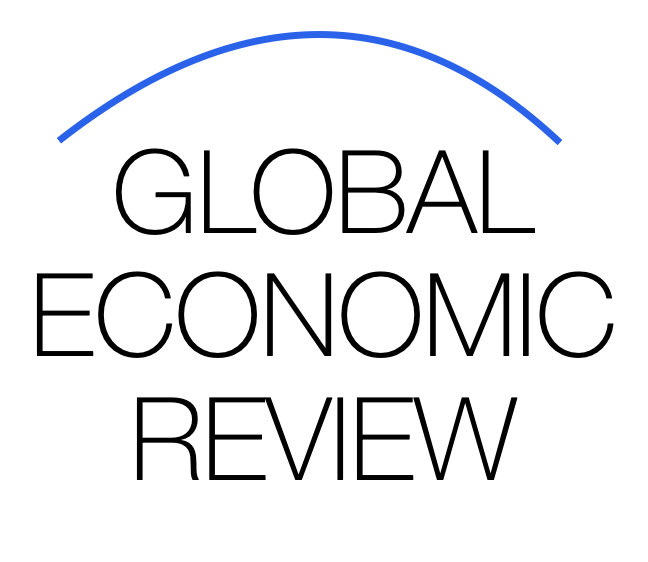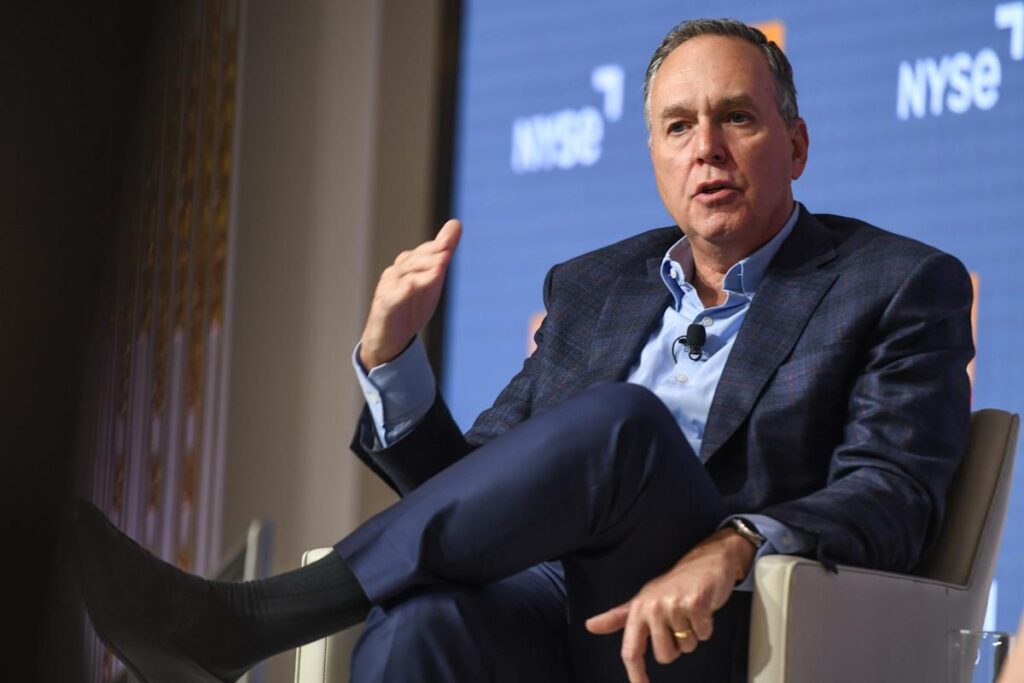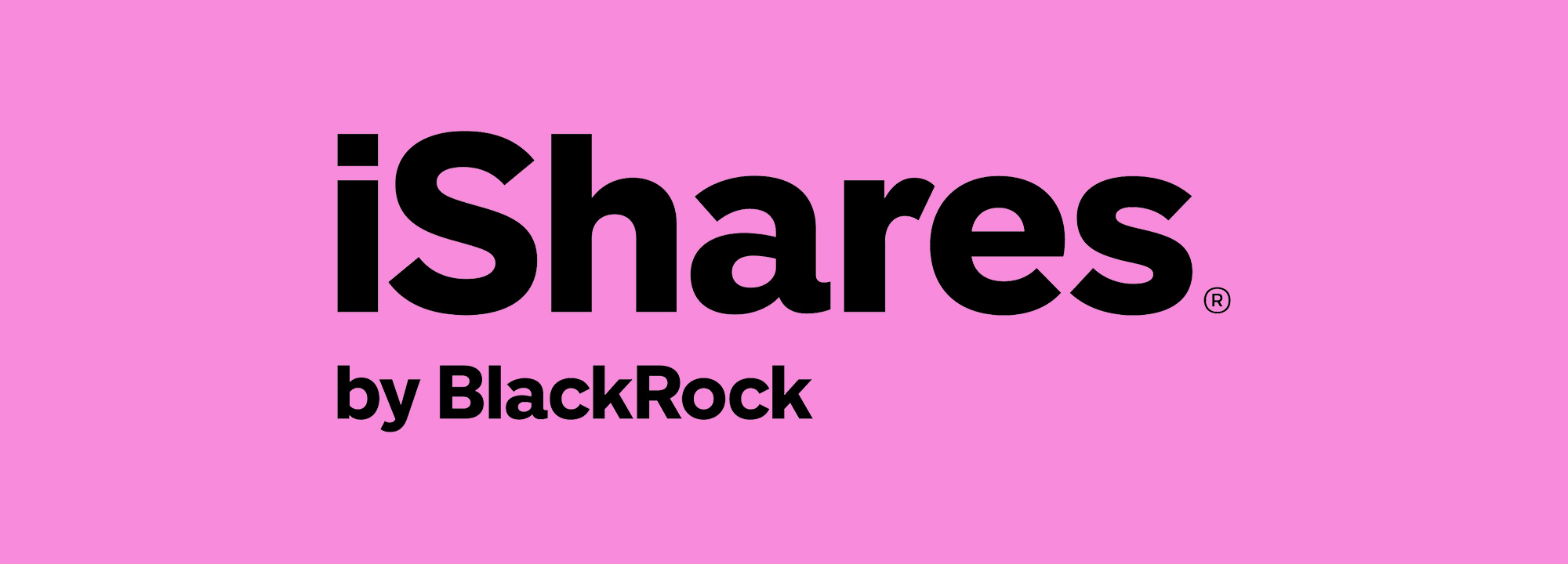Starbucks Overhauls Salaried Pay Structure, Opts for Flat Raises Across the Board

Starbucks CEO Laxman Narasimhan has announced a significant change to the company’s compensation policy, replacing its traditional merit-based system for salaried employees with a uniform 2% pay increase for all staff. The move signals a shift toward simplification and equity in employee compensation amid rising labor concerns and economic uncertainty.
Rethinking the Merit System
For years, Starbucks has relied on merit-based raises for its salaried workforce, rewarding high-performing employees with larger increases while providing smaller adjustments—or none at all—to others. While this approach aimed to incentivize performance, internal reviews and employee feedback suggested it sometimes fostered inconsistency and perceived unfairness.
Under the new policy, every salaried employee will receive a standard 2% increase, regardless of individual performance ratings. Starbucks leadership emphasizes that this approach is intended to foster fairness, predictability, and transparency in compensation.
“Our goal is to create a more consistent, equitable experience for all of our salaried employees,” Narasimhan said in a company-wide memo. “By providing a flat increase, we ensure that everyone benefits while maintaining financial sustainability for the company.”
Market and Economic Context
The timing of Starbucks’ decision coincides with broader economic pressures, including inflation, rising living costs, and a tight labor market in the U.S. and abroad. Many companies are reexamining compensation strategies to balance employee satisfaction with cost management.
Starbucks has faced criticism in recent years for its treatment of workers and labor relations, particularly amid unionization efforts in several U.S. locations. The flat raise approach may also be interpreted as a proactive step to reduce internal friction and improve morale.
Employee Perspectives
Employees and labor advocates have offered mixed reactions. Some see the flat raise as a fair approach that avoids favoritism and ensures that all salaried staff receive recognition. Others argue that eliminating merit-based raises may demotivate top performers who expect differentiated rewards for their contributions.
One anonymous Starbucks manager commented, “It’s nice that everyone is getting a raise, but I worry that people who work exceptionally hard might feel their efforts aren’t being recognized in a meaningful way.”
Business Implications
From a corporate perspective, the flat raise system simplifies payroll administration and budgeting. It reduces the need for extensive performance review calibration, which can be subjective and contentious, and provides predictable labor costs.
Analysts note that Starbucks’ approach could influence other large employers grappling with similar challenges in compensation fairness. Companies in retail, technology, and hospitality are increasingly experimenting with simplified pay structures to maintain employee satisfaction and streamline operations.
Broader Labor Trends
Starbucks’ policy shift reflects broader trends in workplace compensation. Many organizations are moving toward transparent, standardized pay adjustments to address equity concerns and reduce administrative complexity. Flat raises can also mitigate pay disparities linked to subjective performance evaluations, unconscious bias, or inconsistent application of merit criteria.
However, the approach is not without risks. Companies must balance fairness with motivation, ensuring that high-performing employees remain engaged and feel adequately rewarded for their contributions.
Looking Ahead
Starbucks’ decision to provide a flat 2% raise for all salaried staff represents a notable departure from traditional merit-based systems. The move is intended to foster equity and consistency, but its long-term impact on employee performance, retention, and morale remains to be seen.
As labor markets evolve and employees demand more transparent and fair compensation structures, Starbucks’ experiment could serve as a model—or cautionary tale—for other companies navigating similar challenges.



















